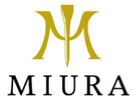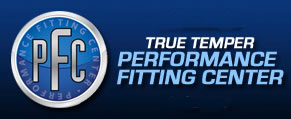LOWER BODY STABILITY
PELVIC STABILITY. In a full backswing, the trail hip rotates internally and the lead hip rotates externally. The opposite pattern of rotation is seen in the downswing. Muscles that attach the pelvis to the hips, legs, and lumbar spine need to be both strong and flexible to sustain golf movement patterns effectively and to provide stability when swinging the club.
If the lead leg can’t create a stable base through impact, then the pelvis will slide preventing the hips from rotating adequately. There will not be enough room for the arms to move through impact on plane thereby causing blocks and/or early extension. Power and accuracy are diminished. Loss of posture is exaggerated with longer clubs because hip muscles are unable to withstand the forces generated by longer clubs.
An unstable lower body base allows large muscles of upper body to dominate swing for poor ball striking and less distance. If golfers don’t have a stable base, they may over-rotate or lock the trail-side knee in the backswing. A stable core is needed to prevent excess rotation around the lumbar spine.
In the backswing, a stable trail hip interacts with a mobile lead shoulder/arm complex. The complementary interaction holds for the downswing. In effect, you stabilize one hip while mobilizing the opposite shoulder and arm. Lower body stability is one of the keys to an efficient and powerful golf swing.
Our swing analysis is aimed at understanding how these interactions work at a fundamental level in your golf swing. We determine how they affect your ability to get full performance from your clubs and factor it into our club fitting. We build clubs that match your ability to swing them. We design a strategy of selective exercises and drills that help you achieve your goals.









